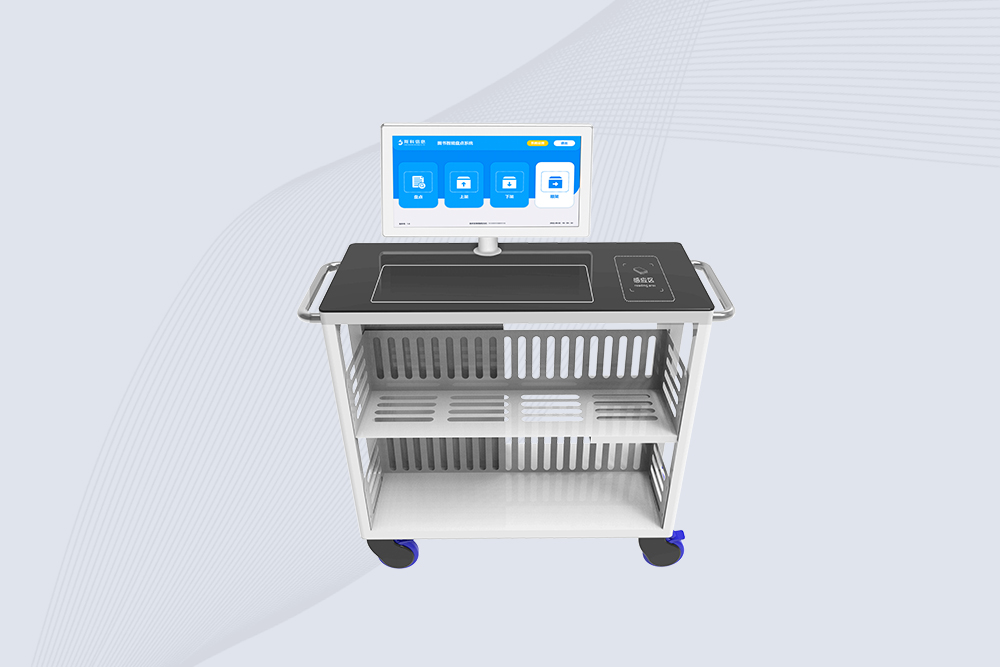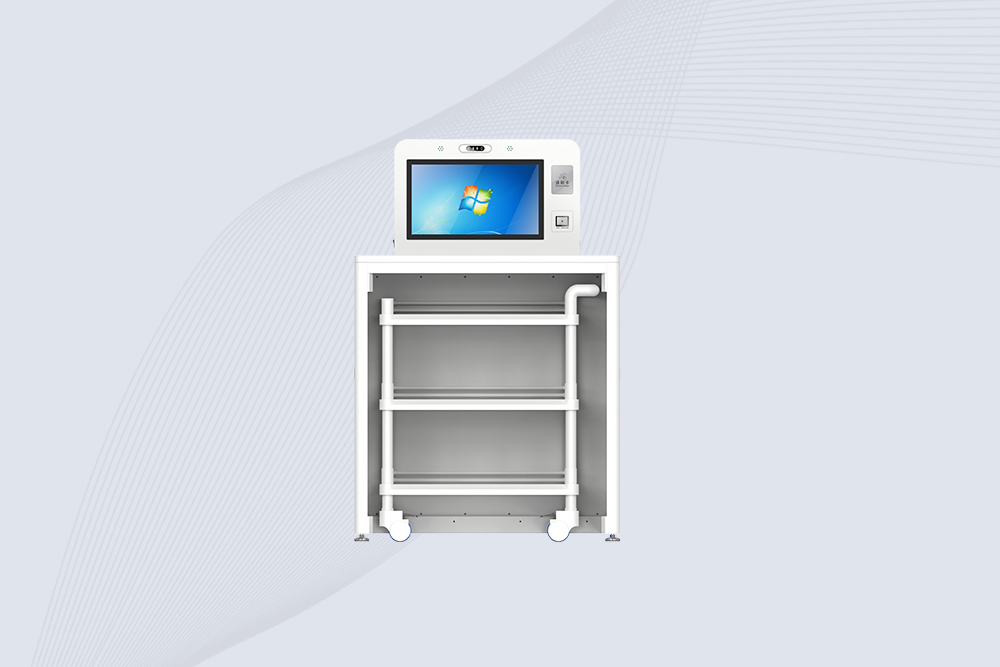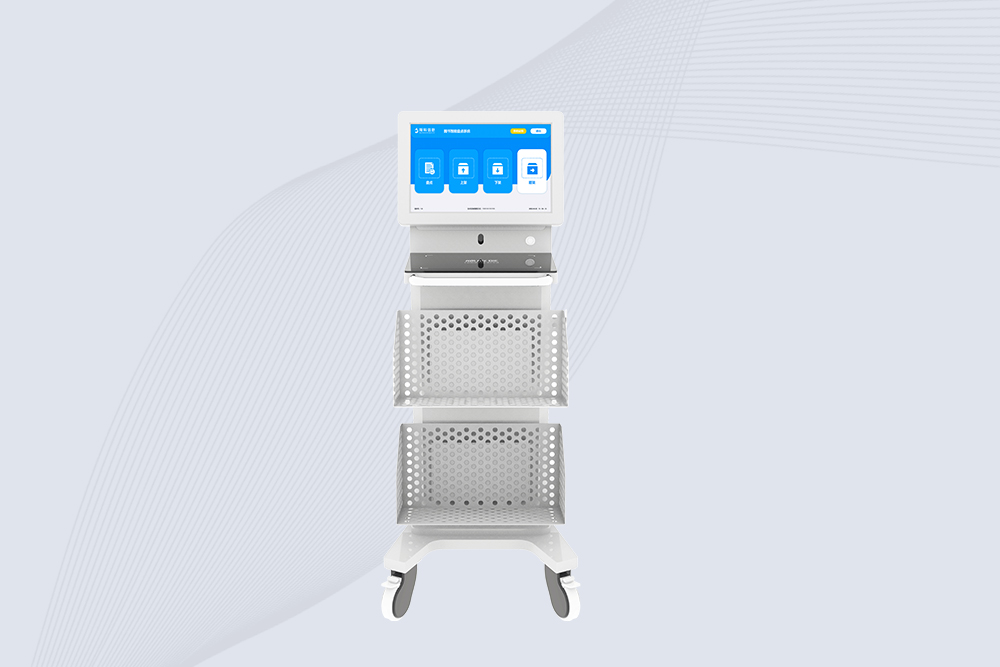How to Secure RFID Systems from Data Breaches and Hacking?
630Protect your RFID systems from cyber threats with encryption, access controls, and compliance tactics. Learn how Cykeo’s solutions safeguard sensitive data in critical industries.
MoreAll RFID Product
Managing assets isn’t just about knowing what you own—it’s about knowing where everything is, how it’s being used, and whether it’s still worth keeping. That’s where RFID asset management comes into play.
Unlike barcodes, which need line-of-sight scanning, RFID lets you walk into a room and instantly know what’s there. I’ve seen it cut inventory time from hours to minutes, and more importantly, it eliminates those “ghost assets” that accounting swears are still around but nobody can actually find.
At its core, the system runs on three building blocks:

Here’s what happens once you set it up properly:
It’s not all smooth sailing. Here are a few things that usually come up in real projects:
From what I’ve seen, RFID shines in environments where:

If you’re a small workshop with ten machines, RFID might feel like overkill. But once you scale up to hundreds or thousands of items spread across sites, the return on investment usually makes sense within a year or two.
RFID asset management isn’t just about tracking stuff—it’s about clarity. It gives you real visibility into what you have, where it is, and whether it’s being used effectively.
Yes, the setup takes planning and some upfront cost, but the long-term benefits—less wasted time, fewer missing assets, smoother audits—are hard to ignore. If you’ve ever spent half a day looking for a piece of equipment you swear was there last week, you’ll appreciate just how much peace of mind RFID can buy.

Cykeo CK-C2 UHF RFID inventory cart features 10 UHF readers, 500 tags/sec scanning, Windows/Android OS, and hybrid power for warehouses/libraries. Supports ISO 18000-6C protocols and customization.

Cykeo’s industrial RFID Inventory Tracking station features dual scanning modes, 200+ items/sec bulk reading, and SAP integration for precise warehouse management. MIL-STD-810G certified with Windows/Android OS.

Cykeo CK-D7L RFID system for inventory offers 40+ tags/sec scanning, 150L secure storage, and Impinj R2000 chipset for warehouses, toolrooms, and retail. Global frequency compliance (840-960MHz).

Cykeo CK-C1 mobile RFID scanner cart features PLC-controlled antenna lifting, 10-tag/sec reading, and 21.5″ touchscreen for libraries, hospitals, and warehouses. Supports Windows/Android and multi-protocol RFID.
Protect your RFID systems from cyber threats with encryption, access controls, and compliance tactics. Learn how Cykeo’s solutions safeguard sensitive data in critical industries.
MoreA detailed look at the CK-M8 UHF RFID 8-port module, its features, real-world performance, specs, and how it compares to Impinj R2000-based modules. Suitable for warehouses, logistics, manufacturing, and retail tracking systems.
MoreExplore the most advanced technologies used in smart cards, including NFC, RFID, and biometrics. Learn how Cykeo’s innovations enhance security and functionality.
MoreTired of manual asset counts and missing equipment? Our complete RFID solution combines Cykeo's reliable tags & readers with the Tagmatiks cloud platform for end-to-end, automated asset management. Boost efficiency and cut costs.
More